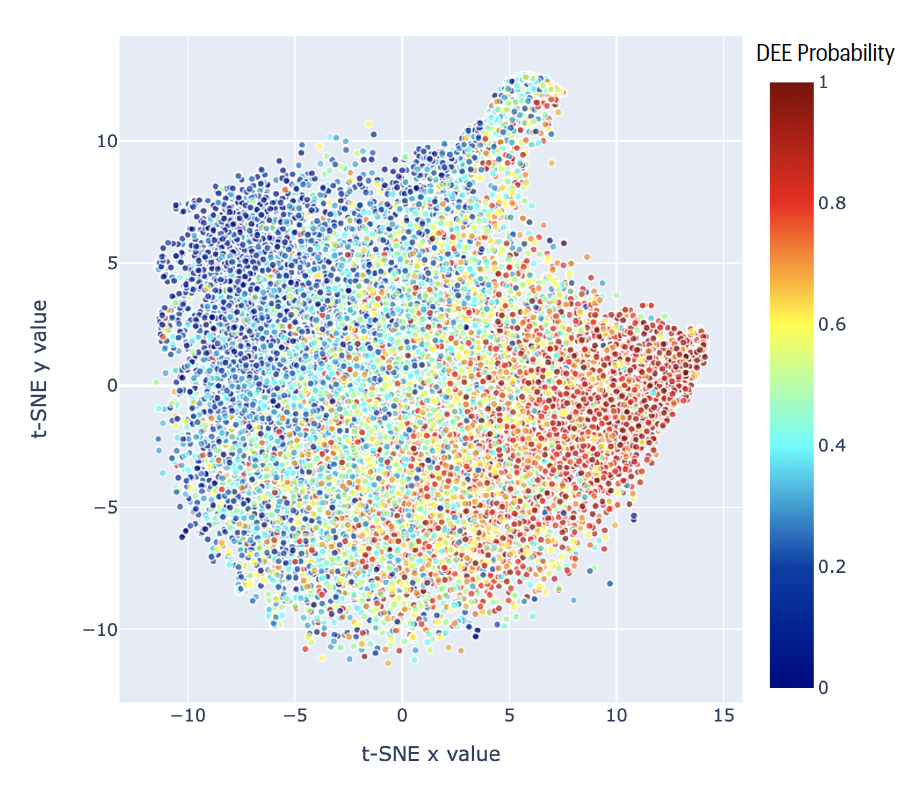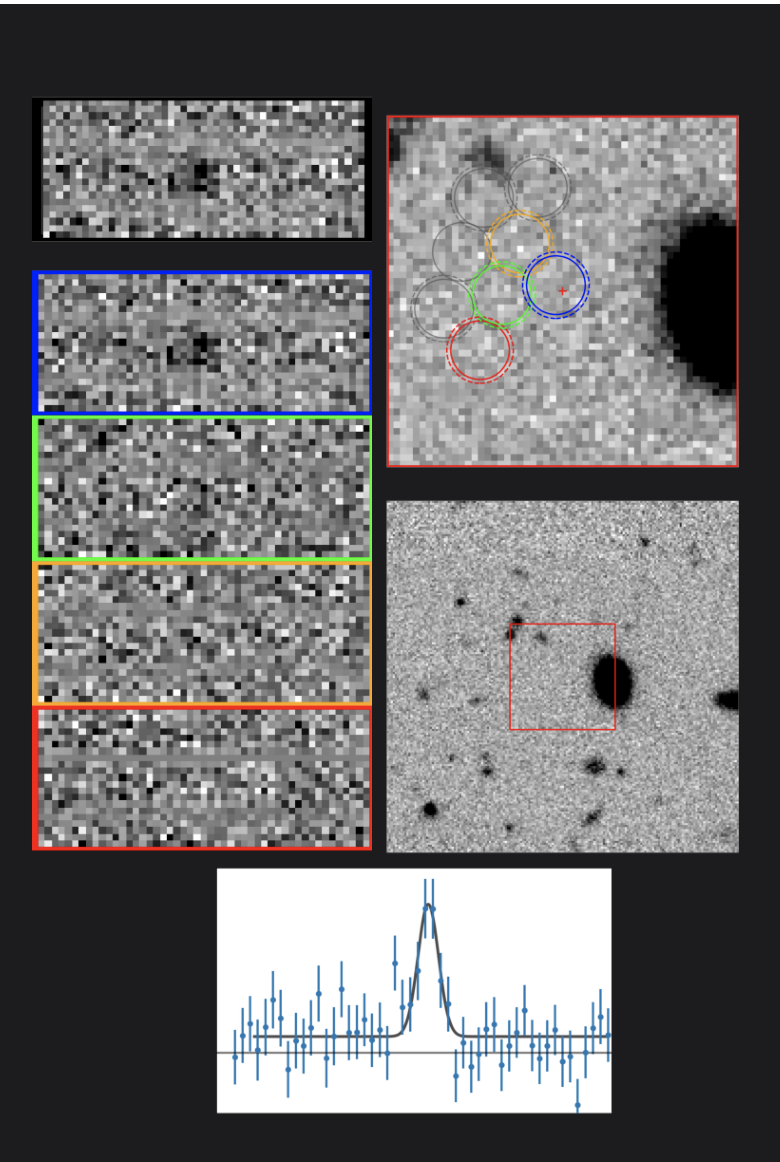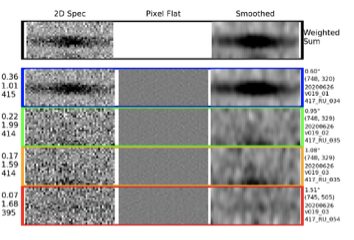Welcome! This project recently migrated onto Zooniverse’s new architecture. For details, see here.
Results
Thanks for all your hard work!
By becoming a Dark Energy Explorer you are helping us find distant galaxies and false detections from our telescope that is working towards solving the mystery of Dark Energy! We have approximately 40% of you working on the mobile device and almost 16,000 individual volunteers all over the world. Together you have reached OVER 3.5 MILLION galaxy classification since our launch date on February 23, 2021! THANK YOU!
Results from "Fishing for Signal in a Sea of Noise"
We are gathering your classifications of fake detections and real galaxies and using them in our machine learning research.
What is machine learning?
Machine learning algorithms build a model based on sample data, known as training data (this is your classifications!), in order to make predictions or decisions without being explicitly programmed to do so.
How are we using your classifications?
We use your classifications of galaxies to keep and galaxies that need to be looked at again as the training set for machine learning, specifically we use the t-SNE algorithm that allows us to visualize data like the image below. In this image we see two distinct clusters where the Dark Energy Explorers (DEE) probability ie. your classifications are showing the 'fake' galaxies (DEE probability = 0, blue) and the 'real' galaxies (DEE probability = 1, red). We then can remove the 'fake' or false detections from our catalog of data creating better data for us to conduct the research on Dark Energy!

Results from "Nearby VS Distant"
Here is an example of how you guys did better than our data model! This is why visually looking at these objects is so important! This is from the 'Nearby VS Distant' workflow.

Our data model was fooled by the large source to the right (thinking it was a Nearby Galaxy) but YOU saw the dots in the colored blocks image and a faint, small dot/nothing in the zoomed in image (which indicated a Distant Galaxy!). While our model picked up too much data from the large star next to it!
Once you classify these objects we take your classifications and use them in our machine learning algorithms. We couldn't use these algorithms accurately without your help classifying nearby and distant galaxies!
Want to learn more and become a better classifier?
Here's how to learn what these different interesting objects look like!
Black Hole:
Black holes will appear like a larger wide oval rather than a dot. For example,

Black holes will also have a broad spectral line that is much wider than the usual tall slender spectral line.
